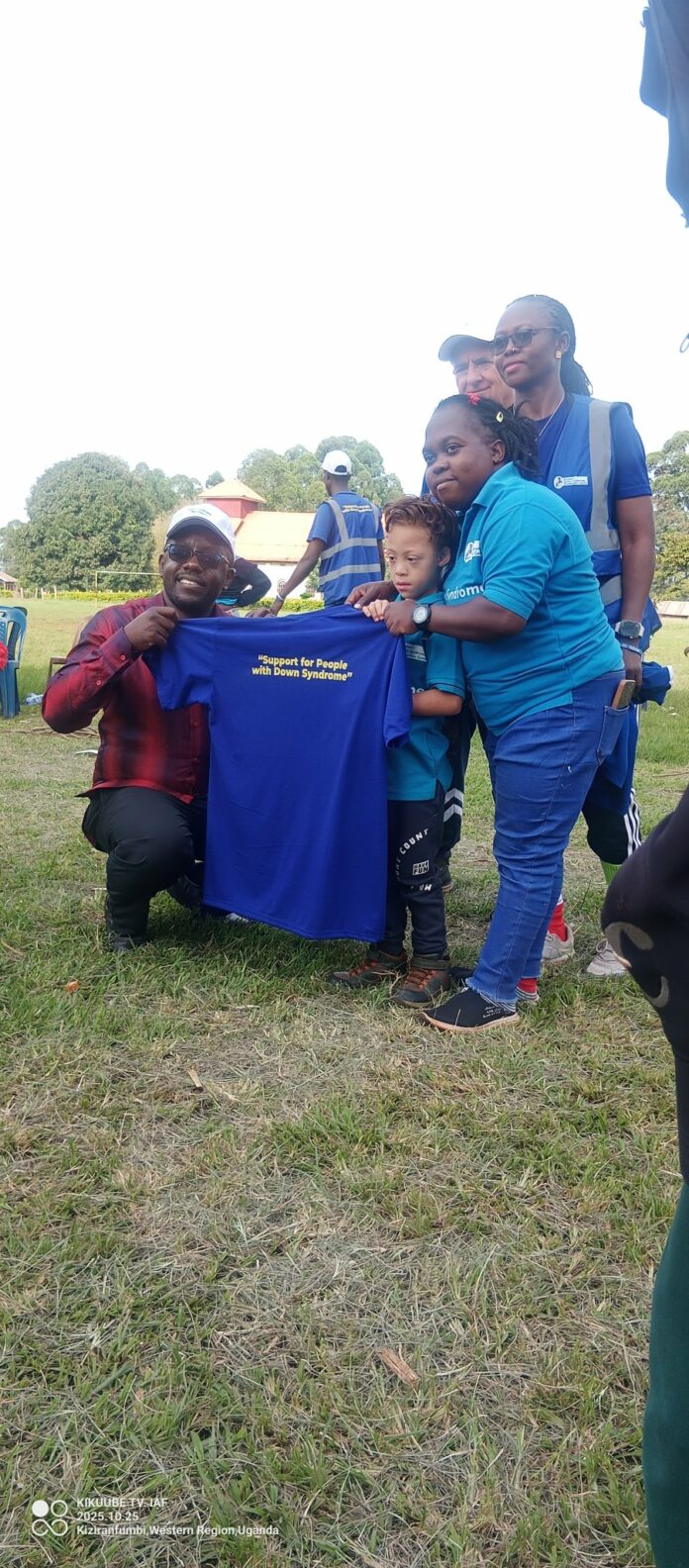By Johnson Kanyesige
Rowan’s Down Syndrome Awareness Center (RDSAC) has on Saturday officially expanded its areas of reach to Kikuube District following the coverage of the previous four districts of Masindi, Hoima city, Buliisa and Hoima district.
According to the managers of the center, their expansion is aimed at enhancing community awareness, inclusion, and participation against Down syndrome conditions after establishing that communities lacked knowledge about the existence of the health condition.
Speaking at the launch on Saturday at Sir Tito Winyi primary school playgrounds in Kikuube, Ms Mildred Katusabe, the Chief Executive Officer (CEO) of Rowan’s Down Syndrome Awareness Center (RDSAC), said that currently they have 120 individuals registered with Down syndrome conditions including six that have passed on.
In Kikuube district, she said that they have a total of 16 individuals parenting and living in silence with Down syndrome health conditions without knowing the interventions to manage it adding that victims are in the age bracket of six months to 45 years.
Katusabe said that her organisation works closely with different sectors like health faculties to identify, register and access individuals living under the condition for necessary support.
Besides health facilities, Ms Katusabe said that they also work with parents in mobilising other communities.
Mr Martin Atwebembiire, the public health officer on managing Down syndrome advised expectant mothers to always seek early antenatal care since several services including ultrasound therapy to determine genetic status of the fetus.
According to him, delayed response to overcome such conditions can easily end lives, especially in children.
Atwebembiire defined Down syndrome as a genetic condition caused by sperm cell interruption and extra cell chromosomes which affect individual development from birth.
He said that the condition reflects through delayed or long time to speak, walk, listen, and sit among others. Physical signs of the disease include short necks, long tongues, flat faces, short hands and small ears.
Communities applauded the organization for the initiative, saying that it will help them easily identify conditions for early interventions.



